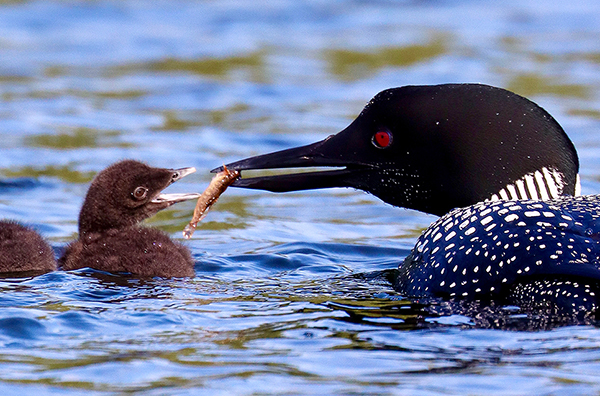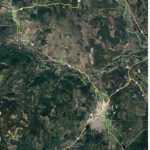Home »

COP 15 and its link to freshwater biodiversity
 Submitted by Living Lakes Canada
Submitted by Living Lakes Canada
After multiple delays and a change in location, the UN Biodiversity Conference (otherwise known as COP 15) finally started in Montréal, Quebec earlier this week. As the host country of COP 15, Canada is presented with the unique opportunity to lead the charge in biodiversity protection. This global summit has the potential to generate international collaboration toward halting and reversing biodiversity loss, including the loss of freshwater species.
From December 7 to 19, international partners will work towards the adoption of the Post-2020 Global Biodiversity Framework. This strategic vision is a global roadmap that sets targets for 2030, including the restoration of at least 20% of degraded freshwater, marine and terrestrial ecosystems, and the protection of 30% of land and water.
While COP 15 is framed on an international stage, there’s a need to look inward at the current state of biodiversity within Canada. Of particular concern is freshwater biodiversity. As one of the countries with the most surface freshwater in the world, we know surprisingly little about how freshwater species are faring with widespread human impacts on aquatic ecosystems.
A 2021 report found that 11.7% of freshwater species are “at risk”, 17.9% are of “special concern,” but there wasn’t enough data to understand how well 37.9% of species are doing. With monitored populations of freshwater vertebrates (including fish, birds and amphibians) experiencing the largest biodiversity decline worldwide, gathering information on freshwater biodiversity is exceptionally important.
Living Lakes Canada is helping to fill this information gap through many programs. The National Lake Blitz is one program that helps to create a “snapshot” of lake health in Canada. By collecting temperature readings and photo observations, including wildlife sightings and invasive species, potential impacts on biodiversity can be recorded. Powered by citizen scientists, the Lake Blitz helps its participants understand climate change impacts on lake ecosystems. The Lake Biodiversity Photo Challenge is a popular part of the Lake Blitz program aimed at showcasing lake biodiversity and the impacts that threaten them.
Another relevant Living Lakes Canada program is iTrackDNA which aims to develop biodiversity monitoring tools using environmental DNA collected from water and soil samples. This program co-led by the University of Victoria and the National Institute of Scientific Research uses the traces of DNA left behind by fish, and other animals in the water to learn more about where they live and what habitat they’re using as climate change continues to impact them. The tools being developed can provide rapid, less costly, and more accurate biodiversity information without disturbing wildlife to make informed conservation and restoration decisions.
Biodiversity loss and the climate crisis are twin challenges that must be addressed simultaneously. Publicly accessible programs such as National Lake Blitz and iTrackDNA are important to help communities to better understand the state of biodiversity and climate change impacts. It is hoped that COP 15 will provide a space to exchange knowledge and solutions that will help realize the vision of “living in harmony with nature.” With that said, freshwater protection must be a priority.
Do you want to participate in the 2023 National Lake Blitz? Email [email protected] to pre-register.
Learn more about the iTrackDNA project during COP15 in Montreal. On December 13th, delegates can see the iTrackDNA presentation at the Canada Pavilion. On December 10th and 14th, the public can see the presentation at the public action zone. For more COP15 event information, please visit the iTrackDNA website at https://itrackdna.ca/index.php/events/.
Above images: Living Lakes Canada’s Lake Biodiversity Photo Challenge is aimed at showcasing lake biodiversity and the impacts that threaten them. This photo by Vasili Kalantzis of a mother loon feeding its newborns early in the morning was one of the 2022 Lake Biodiversity Photo Challenge Entries. Image submitted/ Photo by Vasili Kalantzis







